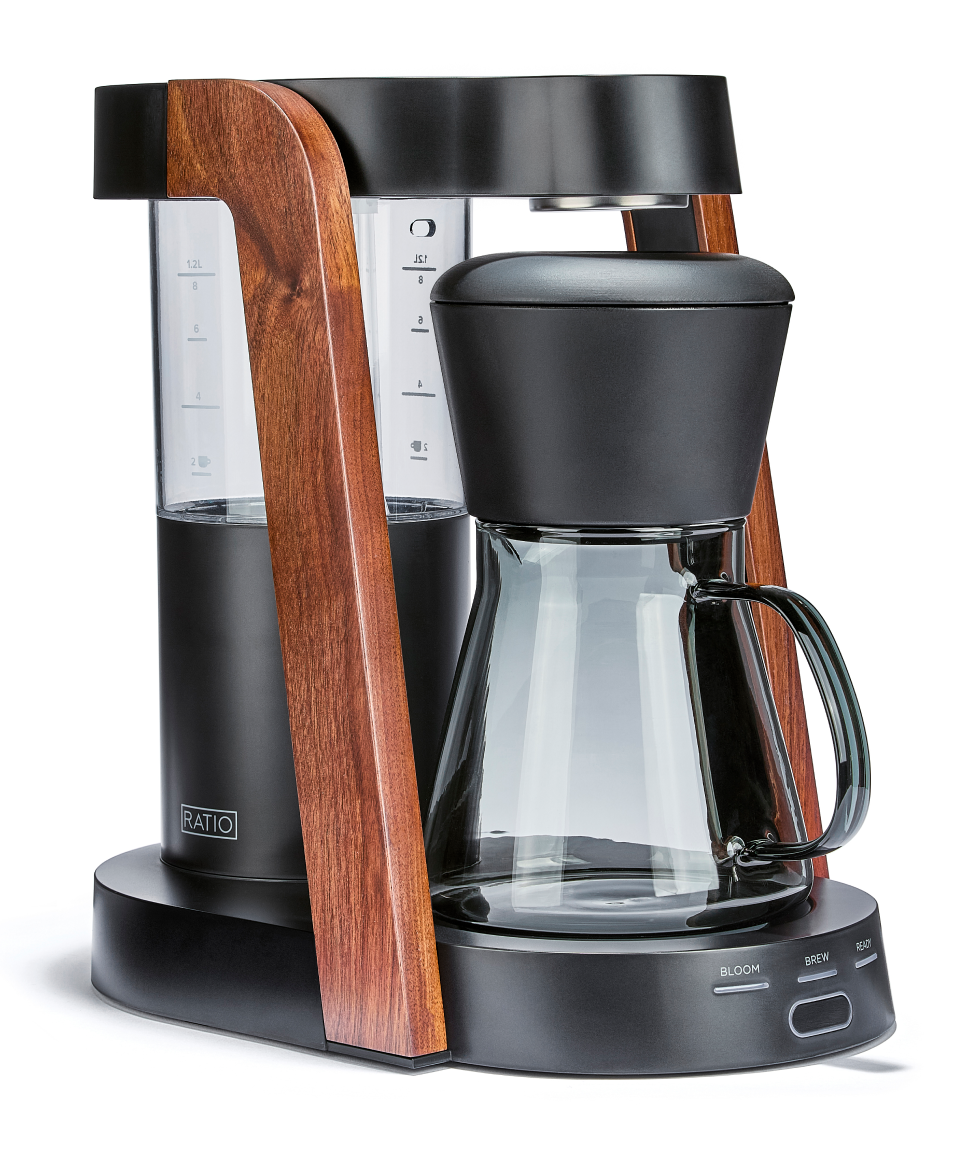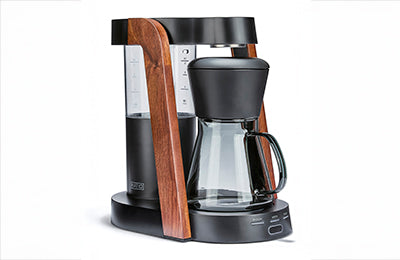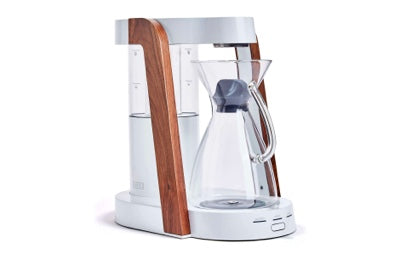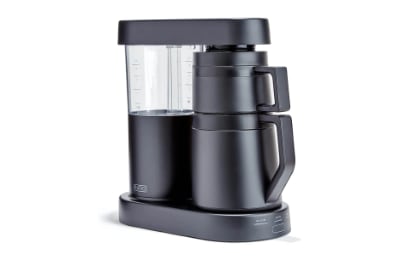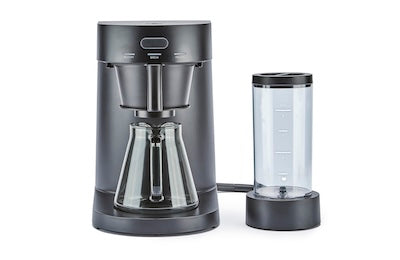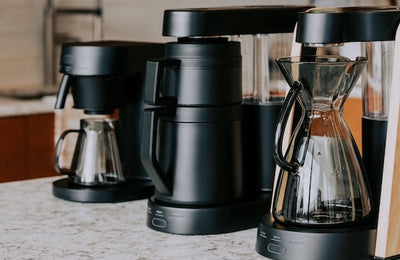Why Stirring Your Grounds Isn’t Always a Good Idea
Coffee brewing is an art form wrapped in science. Whether you're pouring over, French pressing, or using a precision-crafted machine, there's one ritual nearly every coffee lover has tried at some point: stirring the grounds. It seems intuitive — agitation must help extraction, right?
Not always. While stirring has its place in certain brewing methods, it's not a one-size-fits-all solution. In fact, stirring your grounds at the wrong time, or in the wrong way, can negatively impact flavor, consistency, and even the performance of your coffee maker.
Let’s explore why sometimes, it’s better to let your grounds settle and let your brewing method do the heavy lifting.
The Role of Agitation in Brewing
In coffee brewing, agitation refers to any movement that disturbs the grounds to promote more even extraction. It can be as gentle as a swirl or as vigorous as a stir with a spoon. The goal is usually to ensure that all coffee particles are in contact with water, unlocking the full range of flavors from the beans.
Agitation can be useful in specific scenarios — like breaking up clumps in espresso pucks or ensuring even saturation in a pour-over. However, stirring isn’t universally beneficial.
When Stirring Helps (and When It Hurts)
Helpful Stirring Scenarios
-
Breaking Up Dry Pockets: In pour-over brewing, sometimes the bloom doesn’t saturate all grounds evenly. A quick stir during the bloom phase can help.
-
Espresso Prep: Distribution tools or WDT (Weiss Distribution Technique) can gently stir espresso grounds to reduce channeling.
-
French Press Before Plunge: Some brewers stir right before plunging to encourage uniformity.
When Stirring Goes Too Far
-
Over-Extraction: Stirring too vigorously or too late in the brew can cause over-extraction, making your coffee bitter.
-
Disturbing the Brew Bed: In immersion methods like French press or even some automatic brewers, stirring can disrupt the stratification of coffee particles, leading to uneven extraction.
-
Clogged Filters: Stirring in drip machines or precision brewers can cause fine grounds to clog filters, slowing brew time and muddying flavor.
The Sediment Factor
A common reason people stir in immersion brewers is to "loosen" the grounds. But this can actually stir up fine particles that would have otherwise settled at the bottom. The result? More sediment in your cup and a murkier texture.
Letting grounds settle naturally creates a filter bed that helps clarify the brew. Stirring mid-process disturbs this bed, allowing fines to pass through mesh filters and into your cup.
Flavor Clarity vs. Fullness
Stirring affects the mouthfeel and clarity of your coffee. If you're aiming for a clean, tea-like profile (common in pour-over or siphon methods), minimizing agitation often results in a crisper, brighter cup.
On the other hand, some manual brewers looking for body and richness may prefer a gentle stir early on. But even then, less is more. Overdoing it risks masking the subtleties with muddiness.
Tips to Brew Better Without Stirring
-
Use Freshly Ground Coffee: Fresh coffee grounds are less clumpy and more cooperative with water.
-
Perfect Your Bloom: Use the correct water temperature (around 200°F) and wait 30-45 seconds to allow proper blooming.
-
Mind Your Pour: A slow, spiral pour helps evenly saturate grounds in manual brewers.
-
Avoid Aggressive Movements: Even if you swirl or tip your brewer, do so gently to preserve the bed.
When Stirring is a Useful Experiment
While the general advice is to stir less, some advanced brewers do experiment with stirring to tweak body or extraction. If you're curious:
-
Try a side-by-side: one cup stirred, one not.
-
Use a consistent brew ratio and method.
-
Take notes on mouthfeel, acidity, and clarity.
You might discover subtle preferences based on bean origin or roast profile.
Brewing Is a Balancing Act
Great coffee is all about controlled variables. Stirring may seem small, but it changes how water interacts with your grounds, which in turn changes your final cup.
Whether you're using a classic Chemex, a rugged French press, or a beautifully engineered brewer that mimics the pour-over process, the key is knowing when to intervene — and when to let your equipment do the work.
Brewers like those from Ratio, which emphasize precision and design, are intentionally crafted to handle even extraction without the need for manual stirring. It’s a great example of how thoughtful engineering can simplify the brewing process while maintaining quality.
Frequently Asked Questions
Should I stir my pour-over?
Only lightly during the bloom if needed. Most high-quality pour-over brewers are designed to promote even saturation without stirring.
Does stirring make coffee stronger?
Not necessarily. It can lead to over-extraction, making it more bitter rather than stronger in caffeine or flavor.
Is it okay to stir French press coffee?
A light stir before steeping or plunging is okay, but avoid stirring during the steep to minimize sediment.
What does stirring do in coffee?
It promotes even extraction but can disrupt sedimentation and lead to a muddier cup if overused.
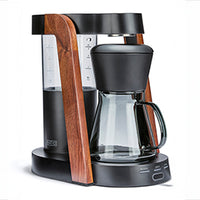 Ratio Eight S2
Ratio Eight S2
 Ratio Eight Original
Ratio Eight Original
 Ratio Six
Ratio Six
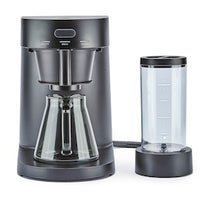 Ratio Four
Ratio Four
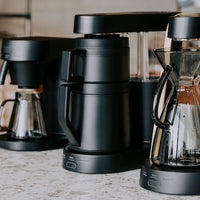 Compare Machines
Compare Machines
